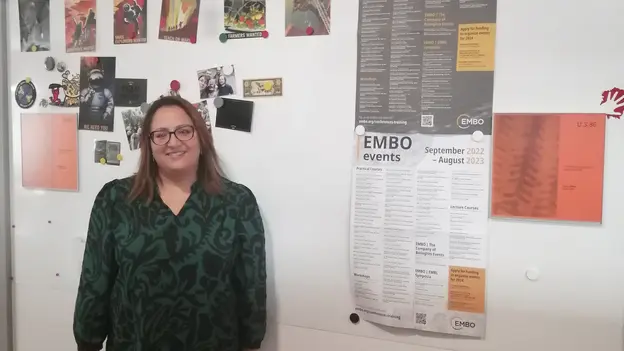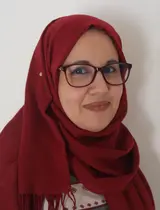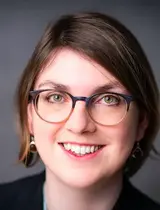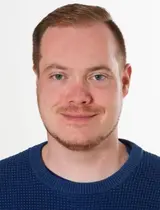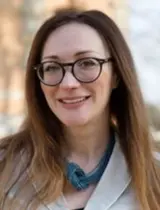Working Group Project
Decoding Dougga: Unveiling Ancient DNA
Laboratory Study
Who lived in the ancient city of the millennia – Thugga, nowadays Dougga, in Tunisia, and what answers can we find through decoding their ancient DNA? This was a key question being researched in the project series on ‘Ancient DNA in Dougga’ by the AGYA Working Group Common Heritage & Common Challenges. After the successfull launch with an interdisciplinary AGYA workshop in 2022, members of the group continued their study with newly collected DNA samples.
An Ancient Hub of Diversity
The city of Dougga preserves four millennia of history. Whilst the archaeological debris of the city are well studied, allowing a valuable insight into the architecture and make-up of the city, less focus has been placed on the demography. Dougga was inhabited by multiple populations over the four millennia – it was a thriving North African hub. Archaeological investigations have illustrated the cohabitation of Numidian, Punic, Greek, and Roman cultures on the antique site of Dougga, which raises so-far unanswered questions regarding the impact of this cohabitation on the genetic composition of the population. In addition, recent excavations on funerary monuments have identified heterogeneous disconnected human bone masses, which suggest family burials. Due to the bone fragmentations, conventional anthropological or archaeological methods cannot be applied to determine the relationships between the buried humans. In this context, the study of ancient DNA, extracted from small bone material, reveals more about the human populations of the antique site of Dougga. By posing the questions of genetic variation, origin and ancient population relationships, this project aimed to close the gaps of the biological aspects of the ancient human population.
Establishing Archaeosciences as a New Field of Study
Archaeosciences, which is the study of DNA, is relatively new to the field of anthropology and archaeology. By bringing together AGYA members from archaeology, genealogical research, linguistics, and genetics, this project not only contributed to a comprehensive understanding of the ancient population of Dougga, but also offers an environment for researchers to learn from each other in fields they were not previously familiar with.
Arab-German Cooperation Supports Excellent Scholars
The bone remnants, sampled in Dougga, were analysed at the Max Planck Institute of Evolutionary Anthropology in Leipzig, Germany, in collaboration with researchers of Institut Pasteur de Tunis, Tunisia. AGYA members were selecting two excellent Post Doc-Researchers from Institut Pasteur to investigate the new samples from these excavations: Hamza Dallali received a scholarship for a training of three months at Max Planck Institute to work on the identification of the genetic aetiologies of non-communicable diseases that were prevalent in the past, while Haifa Jmel focused in a short visit on determining the paternal and maternal lineages as well as genetic markers related to morphological traits in order to build a robot-portrait. The fruitful Arab-German research cooperation was supported by the Max Planck Institute and its Principal Investigator Harald Ringbauer.
The AGYA project allowed me to discover to what extent the extraordinary combination of science, archaeology and history can not only add a new line of evidence to our understanding of the human past, but also promote our perception of present populations that result from the admixture of different ancient populations.
Hamza Dallali, PostDoc and Geneticist, Institut Pasteur de Tunis, Tunisia
- Disciplines Involved
- Human Genetics, Archaeology, Anthropology, History, Epigraphy, Linguistics
- Cooperation Partners
- Institut Pasteur de Tunis, Tunisia
- Max Planck Institute for Evolutionary Anthropology, Leipzig, Germany
- Venue
- Institut Pasteur de Tunis, Tunisia
- Forensic Laboratory, Technical Police, Tunis, Tunisia
- Max Planck Institute for Evolutionary Anthropology, Leipzig, Germany
- Dougga Site, Béja, Tunisia
- Project Title
- Multidisciplinary Approaches to Ancient DNA from the Archaeological Site of Dougga in Tunisia – Part II
- Year
- 2023
- Funding Scheme
- Working Group Project
- Working Group
- Common Heritage and Common Challenges
- Countries Involved
- Germany, Tunisia


